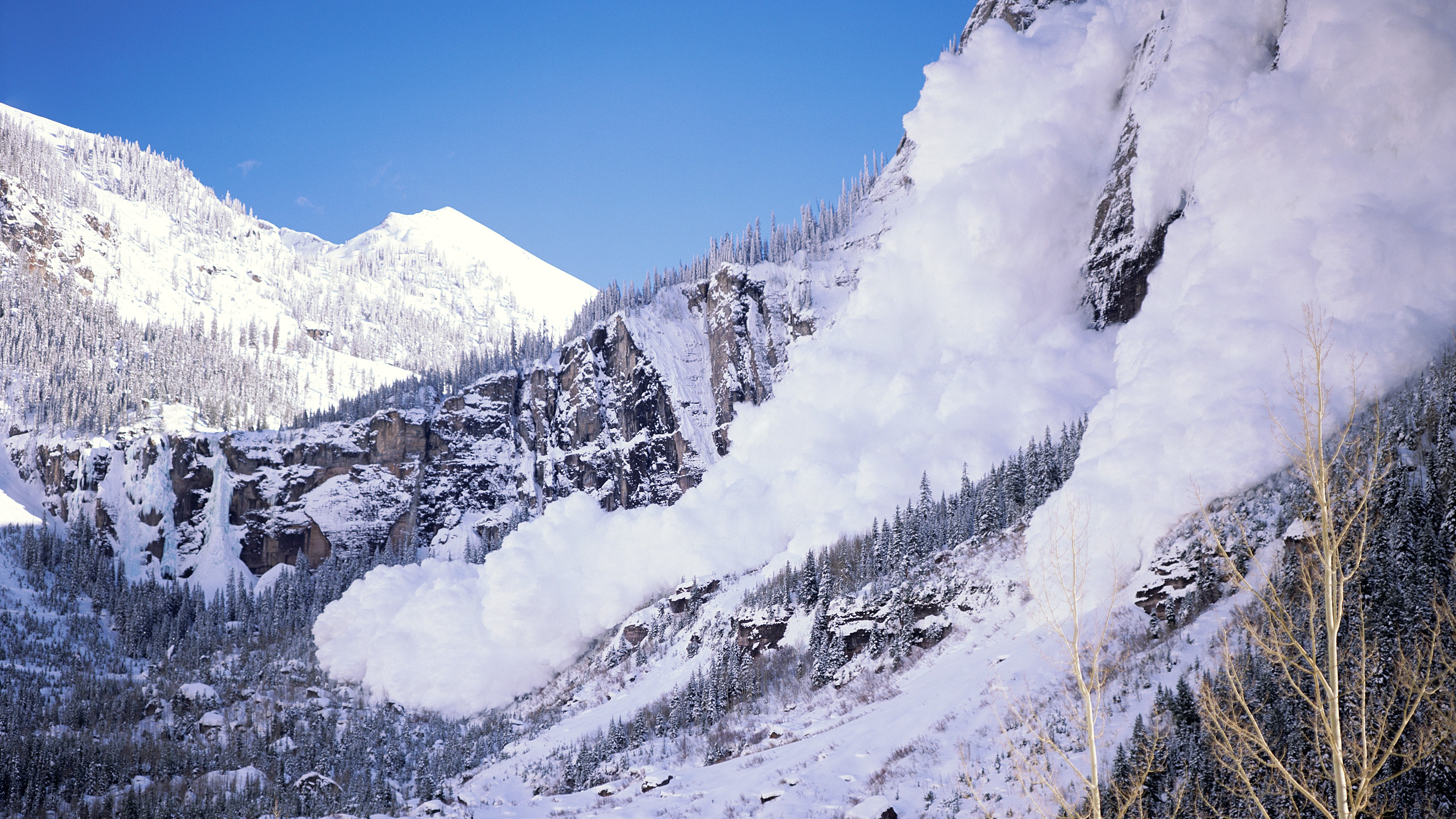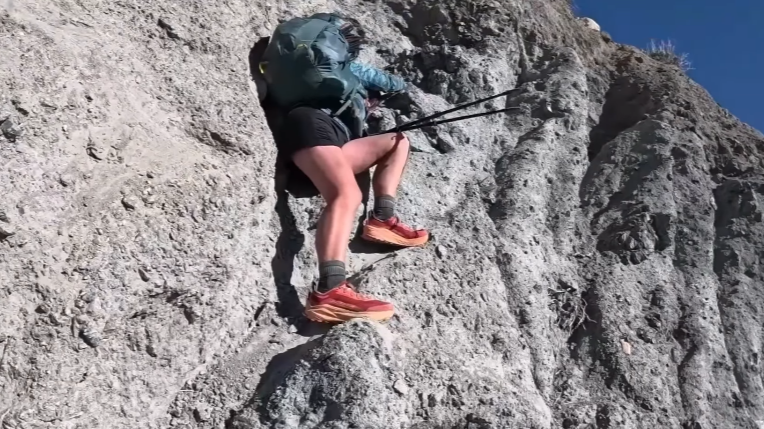Two adventurers swept up in separate avalanches after ignoring warning signs
The two people were uninjured after the accidents on Saturday, and admitted they had made mistakes

Two people were caught in separate avalanches in Saturday December 10, and both have admitted ignoring signs that the snow beneath their feet may be unstable.
The Colorado Avalanche Information Center (CAIC) reports that two incidents happened in the state over the weekend: one involving a skier near Jones Pass in the Front Range, and another involving a snowmobiler in the northern Gore Range. CAIC, which keeps a tally of avalanche accidents and fatalities, explained that both individuals should have been more careful.
"In both incidents, the parties were aware of the dangerous conditions," a spokesperson said. "They both mentioned that they got too close to a slope they knew was dangerous and their margins for safety were too thin."
As OutThere Colorado reports, both people were fortunate enough to avoid serious injury this time,
Even pros can be caught out
CAIC explained that it is dealing with large persistent slab avalanches in many areas. As the name suggests, this is a phenomenon that occurs when a thick slab of snow forms over a persistent weak layer. The weak layer may be up to 1m below the surface, and when the snow slides, the resulting avalanche can be huge and destructive.
"These avalanche surprise even the most seasoned avalanche professionals, said CAIC. "They can break much wider than you think and break in ways you may not have seen before.
"The only way to reduce your risk to these avalanches is to stay off of and far away from steep slopes where this problem exists. This means also avoiding lower angle, locally connected slopes."
Advnture Newsletter
All the latest inspiration, tips and guides to help you plan your next Advnture!
Always check for avalanche warnings before heading out into the mountains, and be aware of warnings signs. Evidence of previous slides suggests that the area is unstable and should be avoided, and you should avoid crossing big slabs of packed ice and snow created by the wind.
Stay alert and look out for cracks appearing under your feet, or a sound of cracking or 'whumphing' that indicates the ice has begin to move. For more advice, see our guide to avalanche safety.
- The best crampons: for safer winter hillwalking

Cat is Homes Editor at TechRadar and former editor of Advnture. She's been a journalist for 15 years, and cut her teeth on magazines before moving online. She helps readers choose the right tech for their home, get the best deals, and do more with their new devices.
